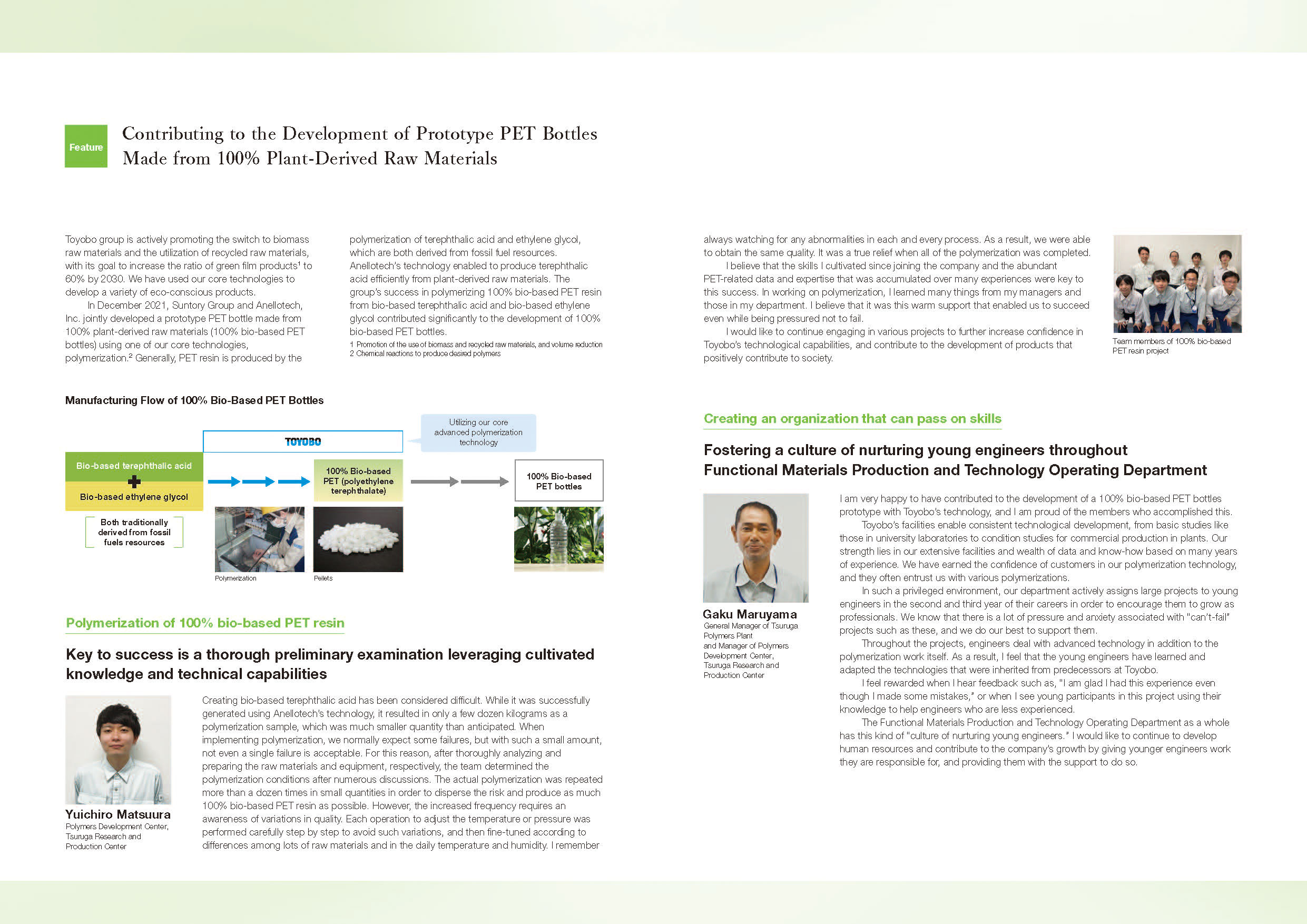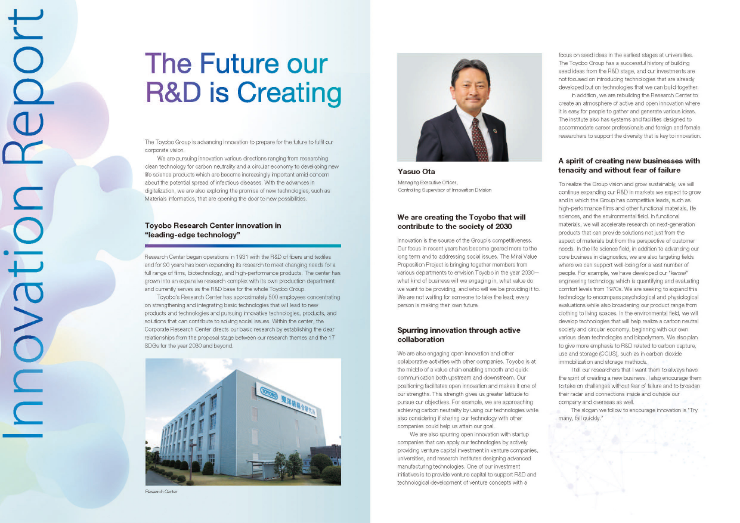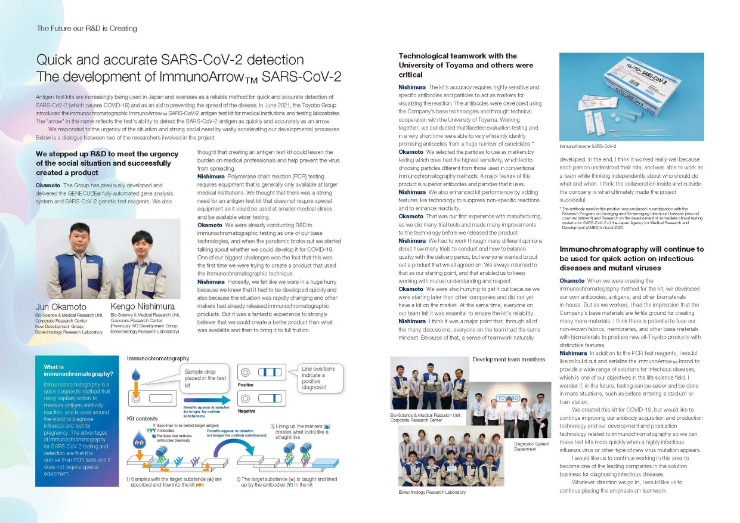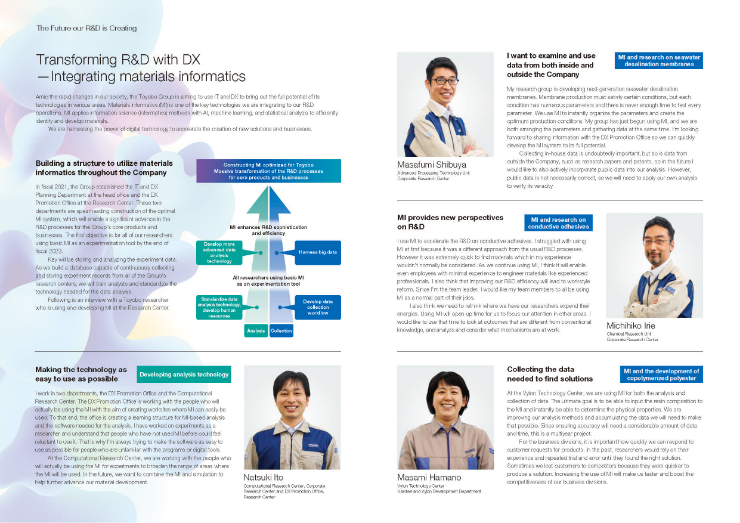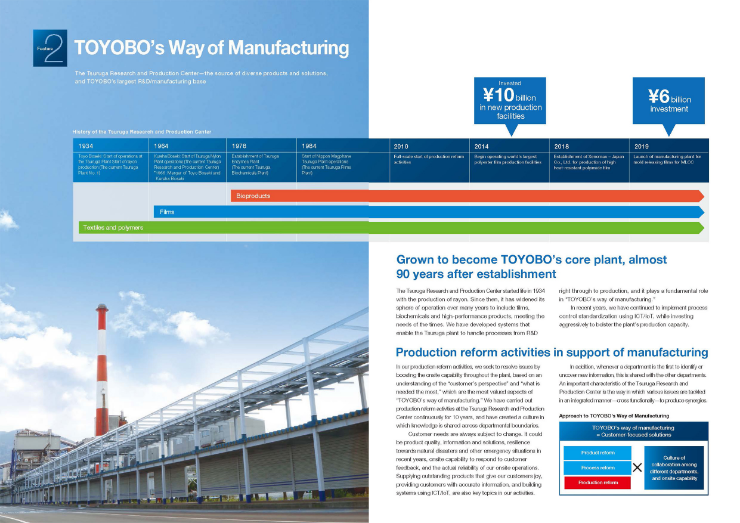Contribution through Our Business
-
 Contributing to Solving Social Issues through Business Operations
Contributing to Solving Social Issues through Business Operations
Through our business, we will contribute to solving the following four social areas.
- A healthy lifestyle and health care
- Smart communities and comfortable spaces
- A decarbonized and circular society
- Clean water areas, air and soil, and the preservation of biodiversity
-
 Major Business Growth Strategies
Major Business Growth Strategies
We launched the 2025 Medium-Term Management Plan in April 2022.
We designate three businesses of film, life science, and environment and functional materials as businesses focusing on expansion.







